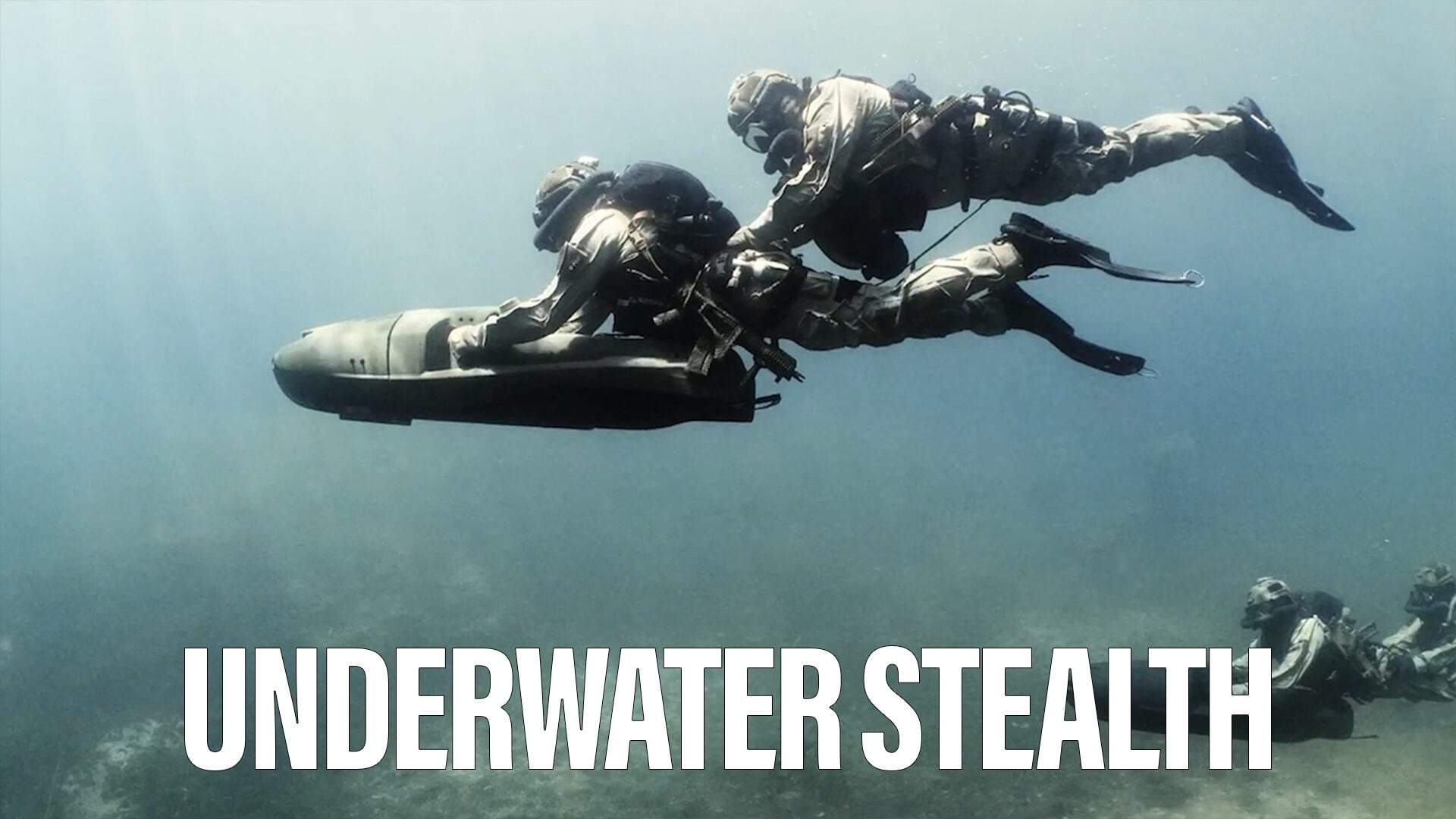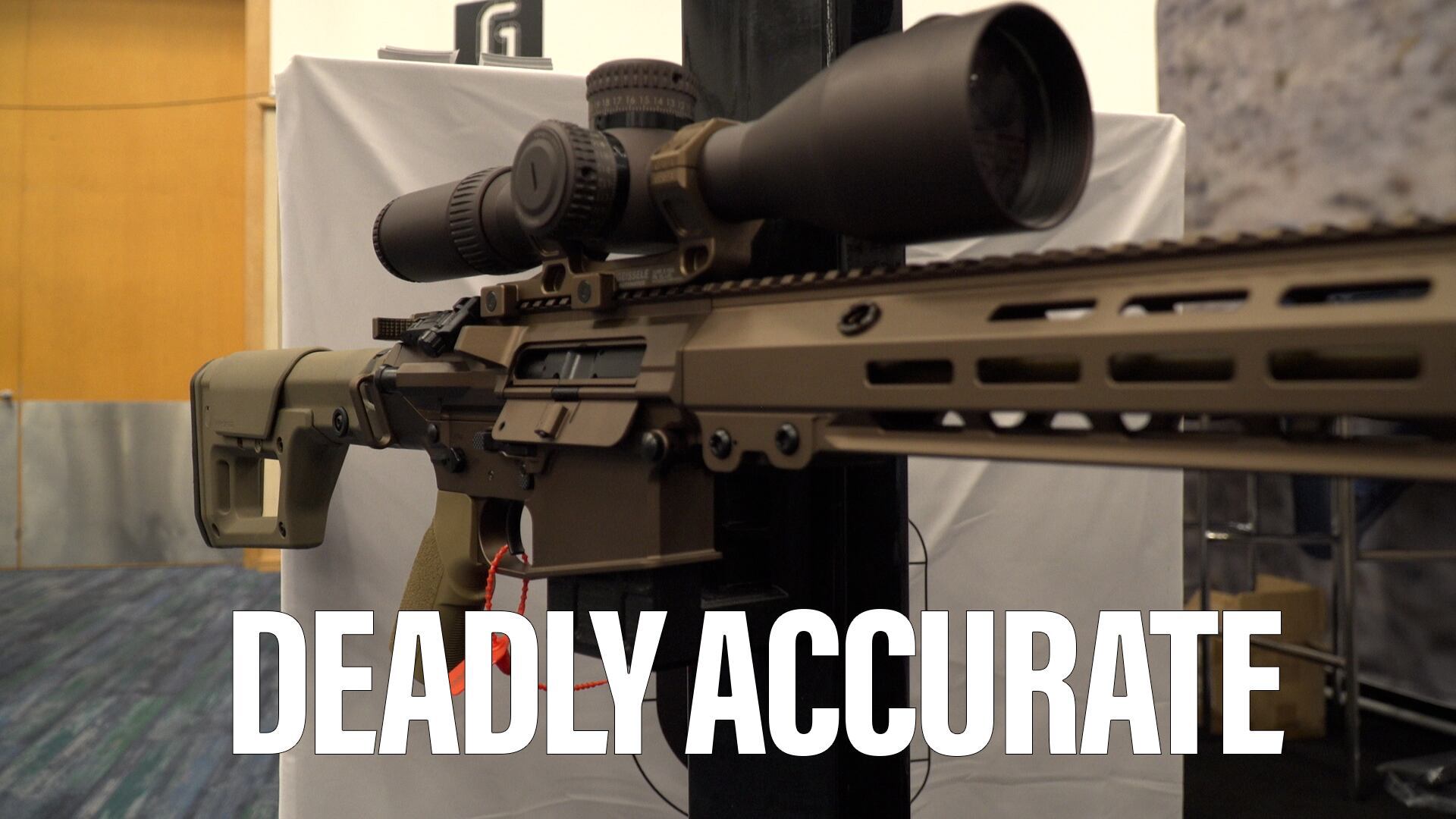ROME and LONDON — Two nations fly both the F-35 and the Eurofighter. And both have been working hard this year to establish roadmaps for getting the aircraft to operate together.
While Italy has focused on flying the two types in tandem and working on joint tactics, the U.K. has looked into aligning their data links to allow the planes to talk to each other. And both countries are looking to support one another as integration efforts move forward, even as politics with the U.S. brings tensions.
Italy: Joint tactics, joint missions
Italy has scored a number of firsts for the F-35, becoming the first nation to fly the aircraft across the Atlantic and the first, in May, to roll an F-35B off an assembly line outside the U.S.
It has also become the first country to fly its own F-35s and Eurofighters together after taking delivery of its first three Joint Strike Fighters — the first of 90 due to be ordered.
Since the first two jets arrived at Italy's Amendola air base last December, they have refueled with Italian Air Force B767 tankers and flown with Italy's M-346 jet trainers and Gulfstream Airborne Early Warning aircraft. During exercises with Italian Eurofighters, the F-35s have landed at Italian Typhoon bases in Grosseto and Gioia del Colle.
"They are flying together as a module and are working on tactics together," said a source knowledgeable of the program. "Working together also means looking at ground equipment and logistics," the source added.
Now, as the Italian Air Force looks at roles for the aircraft, the source said planners want both types to be almost interchangeable.
"The Typhoon is the backbone of air defense, but all assets will be used, including the F-35," according to the source. "It just depends on the pilot. The F-35 can do anything; it depends on the training."
As work proceeds, Italy has formed a "coordination cell" to discuss ways to make the two aircraft work together with the U.K., which has yet to take delivery on home soil of its F-35s.
U.K.: System integration
Britain has nine of the F-35B version of the Lightning II strike jet already delivered, but for the moment, they are in the U.S. undertaking operational testing and operational conversion work ahead of the first squadron being stood up and their return to their U.K. base at Marham, Norfolk. That is expected by the end of the third quarter of 2018.
The British first flew Typhoons alongside the F-35 in 2014 from Edwards Air Force Base — the first in a series of interoperability tests.
To date the best publicized effort by the British to integrate its Typhoon and F-35 fleets has been the announcement in February of successful tests of an airborne gateway between the two aircraft types. The program, known as Babel Fish III, was conducted in California at the start of this year during the Royal Air Force's Exercise High Rider. That proved the fourth and fifth general aircraft communications interoperability via a Northrop Grumman developed airborne gateway.
The gateway connected the stealthy multifunction advanced data link of the F-35 to the Link 16 tactical system employed by Typhoon. Both aircraft can already share data through Link 16 but previously could not communicate or share certain fifth generation information.
For now, British F-35s and Typhoons have yet to fly together, the RAF spokesman confirmed.
The British have, though, exercised their Typhoons alongside U.S. F-35s on three separate occasions this year, building up interoperability know-how: during the Red Flag and Atlantic Trident exercises in the U.S. and in mid-April out of the Lakenheath base in the U.K.. The latter was part of the F-35s first overseas training deployment during the European Reassurance Initiative.
Progress amid politics
A former Italian Air Force chief said Italy would do well to start work on aligning the communications between its Typhoons and Eurofighers, if politics can be set aside.
"Italian industry should fight for a role in this work, although the Buy America initiative is not helping industrial cooperation across the Atlantic right now," said Gen. Vincenzo Camporini, a former head of the Italian general staff who is now vice president and security and defense analyst with the the Istituto Affari Internazionali think tank in Rome.
Senior Italian industrial figures have recently complained about Italian workshare on the F-35 program, including Fabrizio Giulianini, the former head of electronics at Italy's defense giant Leonardo. Italy's Air Force has declined to discuss the latest F-35 developments as the aircraft remains a political hot potato, due to hostility to the program from Italy's largest opposition party, the Five Star Movement.
"This silence is irrational," said Gen. Dino Tricarico, a former Italian Air Force chief, who is now head of the think tank ICSA in Rome.
"We are not speaking about the aircraft due to the opposition to it, which means decisions are being taken about the program by people who don't understand it," he warned.
Andrew Chuter is the United Kingdom correspondent for Defense News.
Tom Kington is the Italy correspondent for Defense News.








